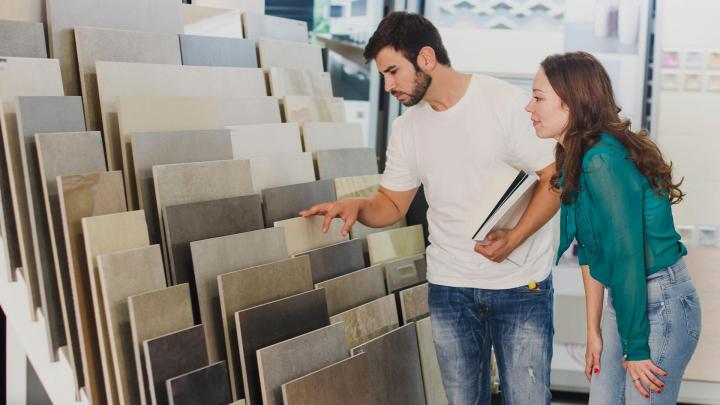What Is the Difference Between Ceramic and Porcelain Tiles?

Ceramic and porcelain tiles are popular choices, but they have key differences. Understanding these distinctions can help you choose the right option for your project.
Composition and Durability
The primary difference between ceramic and porcelain tiles lies in their composition and manufacturing process. The Tile Gallery offers both, but porcelain tiles are made from finer, denser clay and fired at higher temperatures, making them more durable and less porous than ceramic tiles. This added density gives porcelain superior strength and resistance to water, making it suitable for outdoor use and high-moisture areas like bathrooms and kitchens.
Ceramic tiles, while still strong and versatile, are less dense and more porous, making them ideal for areas with less exposure to water or heavy traffic. For long-lasting performance in demanding environments, porcelain is often the better choice.
Design Versatility and Cost
When it comes to design versatility, both ceramic and porcelain tiles offer a wide range of styles, colors, and patterns. However, porcelain tiles at The Tile Gallery can replicate the appearance of natural stone or wood with greater precision due to their more refined texture. This makes porcelain an attractive option for high-end designs.
On the other hand, ceramic tiles tend to be more affordable, offering cost-effective solutions for large-scale projects or decorative wall applications. While porcelain is generally more expensive due to its durability and refined look, ceramic tiles provide an excellent balance of quality and budget-friendliness for many projects.
